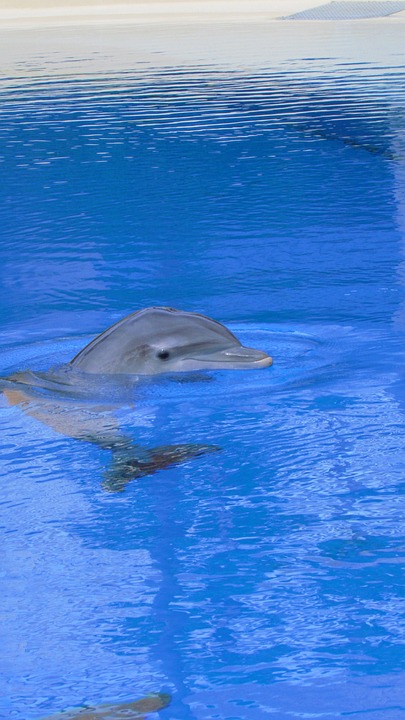Territorial feeding behavior is a common trait observed in many fish species, especially in aquarium settings. It refers to the instinctual behavior displayed by fish when defending and claiming a specific area as their feeding territory. Understanding how fish interact and establish territories during feeding can help fish enthusiasts create a harmonious and stress-free environment for their aquatic pets.
Several factors influence territorial feeding behavior in fish tanks. Firstly, different fish species exhibit varying degrees of territorial behavior. Certain species, such as cichlids, are highly territorial and aggressive during feeding, while others may exhibit more docile behavior. Secondly, the size and layout of the aquarium play a crucial role in determining the availability and distribution of food resources. Insufficient hiding places or overcrowding may intensify territorial behavior during feeding. Lastly, the scarcity or abundance of food can greatly impact territorial behavior. Limited food resources can result in heightened aggression and competition among fish.
Recognizing territorial feeding behavior is important for fish enthusiasts to effectively manage their aquarium. Aggressive displays, such as flaring fins, chasing, or even nipping at other tank mates, are often observed during feeding. Fish will actively defend their feeding territory by chasing away intruders or attempting to establish dominance through physical interactions. Some fish may collect and store food in specific areas of their territory, preventing others from accessing it.
To manage territorial feeding behavior, it is important to provide sufficient food sources for all fish. Ensuring an adequate amount of food is available can help reduce competition and aggression during feeding. Optimizing the tank size and layout with ample hiding places, plants, and rock formations can create distinct feeding territories, reducing conflicts between fish. Establishing a consistent feeding routine can also help fish anticipate and adjust to shared feeding times, potentially minimizing aggressive behavior. Additionally, offering a diverse and balanced diet that meets the nutritional requirements of all fish can curb aggression stemming from hunger and food scarcity.
It is important to note that while territorial behavior is an innate instinct in fish and cannot be completely eliminated, proper management and environment optimization can help minimize its negative effects. Unchecked territorial feeding behavior can lead to stressed and injured fish, poor growth rates, and an imbalanced ecosystem within the aquarium. Introducing new fish can disrupt established territories and trigger aggressive behavior, but proper acclimation techniques and careful selection of compatible species can help minimize these disruptions.
The time it takes for fish to establish territories during feeding varies depending on the species and individual fish. It can range from a few hours to several days. For those looking to create a community tank, certain fish species, such as tetras, danios, and some species of catfish, are known to be less territorial and can coexist peacefully.
In conclusion, understanding and managing territorial feeding behavior in fish tanks is crucial for maintaining a healthy and stress-free environment for your aquatic pets. By considering factors such as fish species, tank size, food availability, and implementing appropriate management techniques, fish enthusiasts can ensure a harmonious feeding experience for their fish. Remember, a well-balanced and optimized feeding routine goes a long way in promoting the overall well-being of your finned friends.









